HOMEOSTASIS Maintaining a stable internal environment respond to stimuli Reacting to changes in the environment reproduce and develop Creating new organisms and growing adapt and evolve Changing over time to better suit the environment INDUCTIVE REASONING Making generalizations based on specific observations DEDUCTIVE REASONING Making specific predictions based on general principles Matter Anything that has mass and takes up space elements Substances that cannot be broken down into simpler substances protons Positively charged particles in the nucleus neutrons Neutral particles in the nucleus electrons Negatively charged particles orbiting the nucleus Atomic Number Number of protons in an atom Isotopes Atoms of the same element with different numbers of neutrons Octet Rule Atoms tend to gain, lose, or share electrons to achieve a full outer shell of 8 electrons molecule Two or more atoms held together by chemical bonds compound A substance consisting of two or more different elements IONIC BONDS Bonds formed by the transfer of electrons COVALENT BONDS Bonds formed by the sharing of electrons reactants Starting materials in a chemical reaction products Ending materials in a chemical reaction WATER solvent Dissolves many substances WATER cohesion & adhesion Water molecules stick to each other and other surfaces WATER high surface tension Water's surface resists being broken WATER high heat capacity Water can absorb a lot of heat without changing temperature WATER heat of vaporization Water requires a lot of energy to evaporate WATER varying density Ice is less dense than liquid water acidic solutions Solutions with a pH below 7 basic solutions Solutions with a pH above 7 pH scale Measures the acidity or basicity of a solution buffers Substances that resist changes in pH Organic Molecules Molecules containing carbon carbon The backbone of organic molecules functional groups Chemical groups attached to carbon that give molecules specific properties Macromolecules Large molecules made up of smaller subunits monomers The individual subunits of a polymer polymers Long chains of monomers Dehydration Synthesis Reaction Joins monomers by removing water Hydrolysis Reaction Breaks polymers by adding water Role of Enzymes Speed up chemical reactions Carbohydrates monosaccharides glucose Simple sugars Carbohydrates disaccharides glycosidic bonds Two monosaccharides joined together Carbohydrates polysaccharides starch glycogen cellulose Many monosaccharides joined together LIPIDS Glycerol & Fatty Acids saturated Fatty acids with no double bonds LIPIDS Glycerol & Fatty Acids unsaturated Fatty acids with double bonds PROTEINS Enzymes Proteins that catalyze chemical reactions PROTEINS amino acids peptide bonds The monomers of proteins, joined together PROTEINS protein structure primary The sequence of amino acids PROTEINS protein structure secondary Local folding patterns (e.g., alpha-helices and beta-sheets) PROTEINS protein structure tertiary The overall 3D shape of a single polypeptide PROTEINS protein structure quaternary The arrangement of multiple polypeptides in a protein conformation The 3D shape of a protein denaturation The unfolding of a protein DNA Deoxyribonucleic acid, the genetic material RNA Ribonucleic acid, involved in protein synthesis ATP Adenosine triphosphate, the energy currency of the cell
1/68
There's no tags or description
Looks like no tags are added yet.
Name | Mastery | Learn | Test | Matching | Spaced |
|---|
No study sessions yet.
69 Terms
Atomic number 1 atomic mass 1
Hydrogen
Atomic number 2 atomic mass 4
Helium
Atomic number 5 atomic mass 10
Boron
Atomic number 6 Atomic mass 12
carbon
Atomic number 7 atomic mass 14
Nitrogen
Atomic number 8 atomic mass 15
Oxygen
Atomic number 9 Atomic mass 18
Fluorine
Atomic number 11 atomic mass 22
Sodium
Atomic number 19 Atomic mass 39
Potassium
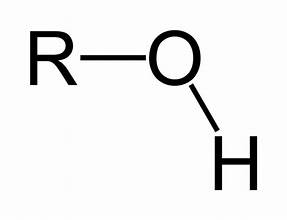
Hydroxyl group, a functional group consisting of an oxygen atom bonded to a hydrogen atom, commonly found in alcohols and sugars.
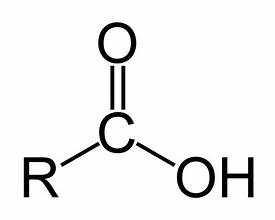
Carboxylgroup, a functional group consisting of a carbon atom double-bonded to an oxygen atom and also bonded to a hydroxyl group, important in organic acids.
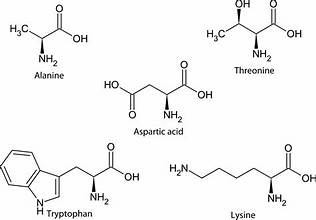
Aminoacid, the building blocks of proteins, containing an amino group, a carboxyl group, and a unique side chain.
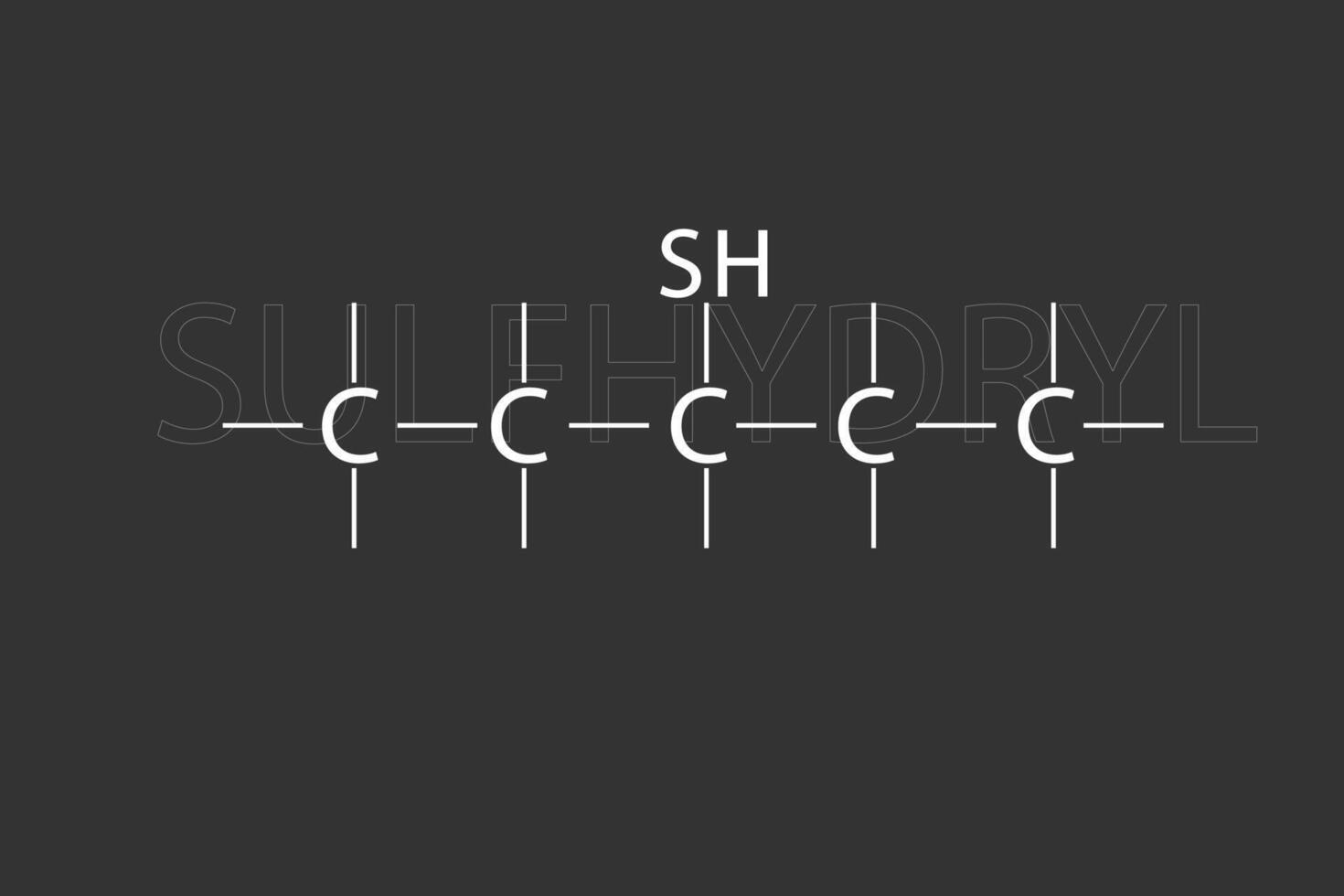
Sulfhydrylgroup, a functional group consisting of a sulfur atom bonded to a hydrogen atom, important in protein structure and function.
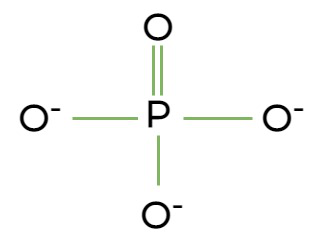
Phosphategroup, a functional group consisting of a phosphorus atom bonded to four oxygen atoms, crucial in energy transfer and nucleic acids.